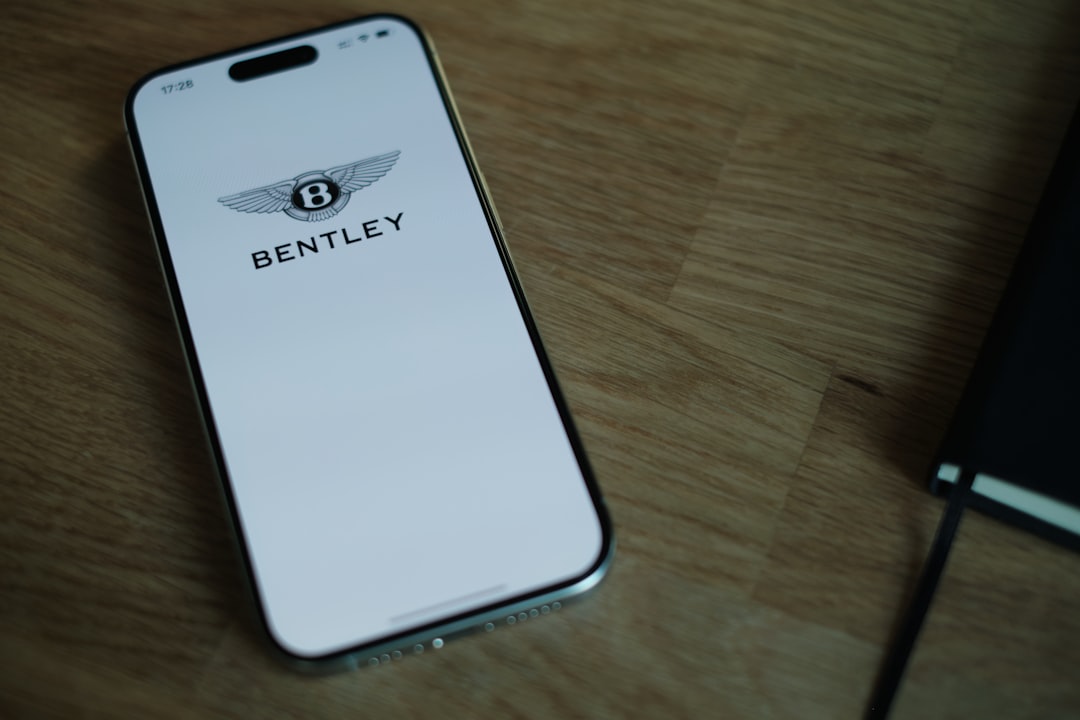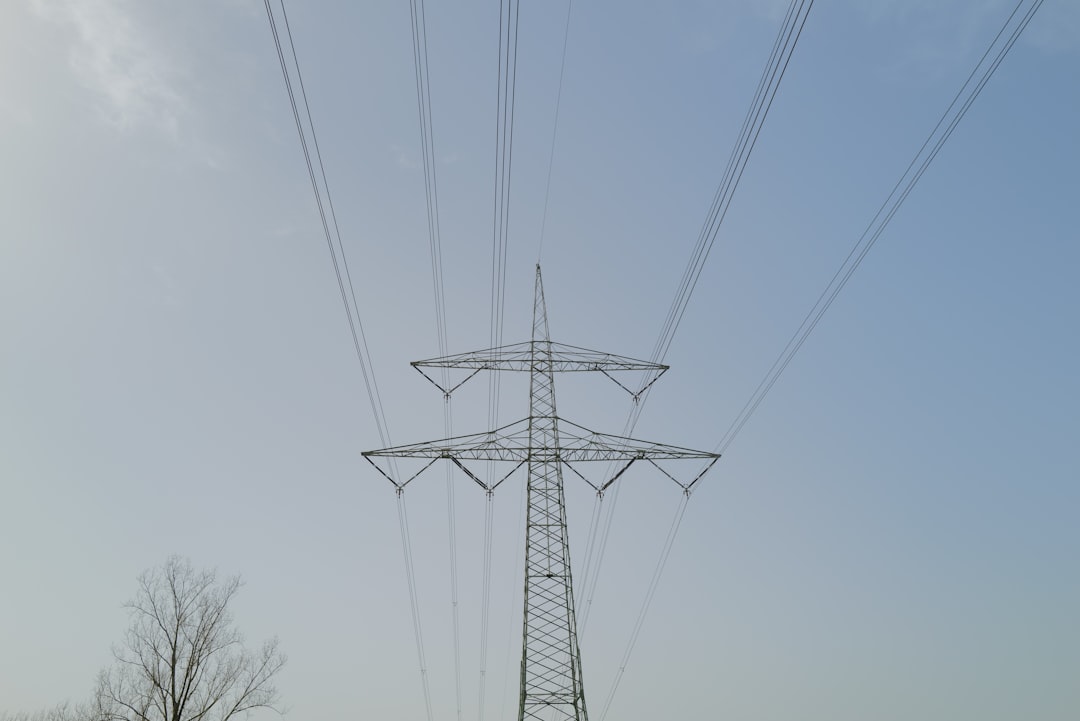Unleash Your iPhone's Full Potential: The Ultimate Guide to Choosing the Best External Battery
- Share
- Issue Time
- Aug 20,2025
Summary
Never get caught with a dead iPhone again! This comprehensive guide demystifies external batteries, helping you choose the perfect portable charger tailored to your iPhone model and lifestyle. We deep-dive into crucial features like capacity, charging speed, MFi certification, and the convenience of built-in cables, ensuring your Apple device stays powered up wherever you go. Discover expert tips for maximizing battery life and making an informed decision that aligns with Apple's ecosystem.

Unleash Your iPhone's Full Potential: The Ultimate Guide to Choosing the Best External Battery
Is your iPhone constantly battling low battery anxiety? In today’s fast-paced world, a reliable external battery isn't just a luxury – it’s an essential companion for every iPhone user. From long commutes to travel adventures, and from endless scrolling to critical work calls, our iPhones keep us connected, informed, and entertained. But their powerful features often come at the cost of battery life.
Choosing the right external battery, also known as a power bank or portable charger, can be a daunting task with countless options on the market. This guide will cut through the noise, providing you with the essential knowledge to select the best external battery that perfectly complements your iPhone, keeping you powered and productive.
Why an External Battery is a Must-Have for iPhone Users
Modern iPhones, while incredibly capable, consume significant power, especially with features like 5G connectivity, high-resolution displays, and demanding apps. An external battery offers the freedom to use your device without constantly searching for a wall outlet. It’s an indispensable tool for:
- Extended Usage: Power through your day, regardless of your activities.
- Emergency Situations: A lifeline when access to power is scarce.
- Travel & Commuting: Stay charged on the go, whether on a flight, train, or daily commute.
- Flexibility & Convenience: Charge anywhere, anytime, without being tethered to a wall.

Understanding Battery Capacity: mAh Explained
Capacity is arguably the most critical specification of an external battery, measured in milliamp-hours (mAh). It dictates how many times a power bank can recharge your iPhone.
- 5,000 mAh: Ideal for a single full charge or quick top-ups, perfect for daily commuting or light use. These are typically very compact.
- 10,000 mAh: Offers 1.5 to 2 full charges for most iPhones, striking a good balance between capacity and portability. This is a popular choice for average users.
- 20,000 mAh and above: Suitable for multiple charges, charging iPads, or even laptops, or for extended trips away from power sources. These are generally larger and heavier.
Tip: To estimate charges, divide the power bank's mAh by your iPhone's battery mAh (e.g., iPhone 15 Pro Max is around 4,422 mAh). Remember, real-world efficiency losses mean you'll get slightly less than the theoretical maximum.
The Need for Speed: Fast Charging Protocols (PD, Qi2, MagSafe)
Nobody wants to wait hours for their iPhone to charge. Fast charging has become a standard feature, significantly reducing downtime.
- Power Delivery (PD): For wired charging, look for power banks with USB-C Power Delivery (PD). This can deliver 20W to 30W+ of power, charging an iPhone from 0% to 50% in roughly 30 minutes, especially for iPhone 8 and newer models. iPhone 15 and later use USB-C, making PD an essential feature.
- MagSafe & Qi2 Wireless Charging: For iPhone 12 and newer, MagSafe offers convenient magnetic alignment and up to 15W wireless fast charging. Qi2 is an open standard that builds on MagSafe's capabilities, also offering 15W wireless charging. While incredibly convenient, wireless charging generally heats up the device more and can be slightly less efficient than wired charging.
MFi Certification: Why It Matters for Your iPhone
“Made for iPhone” (MFi) certification is Apple's licensing program for third-party hardware accessories.
- Guaranteed Compatibility & Safety: MFi-certified products are rigorously tested by Apple to ensure they meet performance and safety standards, protecting your iPhone from potential damage due to incompatible charging.
- Reliability: It ensures optimal charging speeds and prevents issues like “accessory not supported” messages. This is particularly important for power banks with built-in Lightning cables, though less critical for USB-C cables as it's an industry standard.
The Convenience of Built-in Cables
Power banks with built-in cables have gained immense popularity for a reason – unparalleled convenience.
- No More Forgotten Cables: The most significant advantage is never having to remember or carry a separate charging cable.
- Reduced Clutter: Eliminates tangled wires in your bag or pocket.
- All-in-One Solution: Grab and go, with everything you need integrated into one compact unit.
However, consider the cable type. If you have an older iPhone (Lightning) and a newer one (USB-C), a power bank with dual built-in cables (Lightning and USB-C) or multiple ports will offer the most versatility.

Form Factor: Portability vs. Practicality
External batteries come in various shapes and sizes. Your choice should reflect how and where you plan to use it.
- Ultra-Compact/Pocketable: Slim, lightweight designs (e.g., 5,000 mAh credit-card sized options) ideal for slipping into a pocket or small purse for quick boosts.
- Standard Portable: 10,000 mAh models often balance capacity and size well, fitting comfortably in a bag or backpack.
- Larger Capacity/Feature-Rich: Bulkier units with higher mAh, multiple ports, displays, or even AC outlets, designed for more demanding usage or charging multiple devices.
- Magnetic (MagSafe) Power Banks: Designed to snap directly onto the back of compatible iPhones, offering a streamlined, cable-free experience. Some even include built-in kickstands.
Important Safety Features to Look For
Safety should never be compromised when dealing with electronic devices, especially batteries. Reputable brands incorporate multiple safety mechanisms.
- Overcharge Protection: Prevents the battery from being overcharged, which can damage the battery and pose a fire risk.
- Short-Circuit Protection: Automatically shuts down the power bank if a short circuit is detected.
- Over-current Protection: Safeguards against excessive current flow that could harm your devices.
- Temperature Control: Monitors and regulates the internal temperature to prevent overheating.
- Voltage Regulation: Ensures stable voltage output to protect your iPhone’s delicate electronics.
Always purchase from trusted brands to ensure these critical safety features are present.
Additional Features and Considerations
Beyond the core specs, several other features can enhance your external battery experience:
- Pass-Through Charging: Allows you to charge your iPhone and the power bank simultaneously from a single wall outlet.
- Multiple Ports: Look for additional USB-A or USB-C ports if you need to charge multiple devices at once (e.g., iPhone and AirPods).
- LED Indicators/Digital Displays: Provide clear information on the remaining battery life or charging status.
- Built-in AC Plug: Some power banks integrate a collapsible wall plug for direct recharging without a separate adapter.
- Retractable Cables: A neat feature for built-in cables, allowing them to neatly tuck away when not in use.
Maintaining Your External Battery for Longevity
To ensure your external battery serves you well for years, follow these simple maintenance tips:
- Initial Full Charge: Always fully charge a new power bank before its first use.
- Regular Use: Don't leave it unused for extended periods; periodic charging and discharging are healthy for the battery.
- Avoid Extreme Temperatures: High heat or freezing cold can degrade battery performance and lifespan. Store it in a cool, dry place.
- Use Correct Cables/Adapters: Ensure the charging cables and wall adapters you use (if not built-in) are compatible and of good quality.
| Feature | Benefit for iPhone Users |
|---|---|
| Built-in Cables | Ultimate convenience, no forgotten cables. |
| MFi Certification | Guaranteed compatibility, optimal performance, safety. |
| Power Delivery (PD) | Rapid wired charging (especially for iPhone 8+). |
| MagSafe/Qi2 | Effortless 15W wireless charging (iPhone 12+). |
| High Capacity | Multiple charges, peace of mind on long outings. |
| Compact Design | Easy to carry, fits pockets/small bags. |
| Safety Features | Protects iPhone from damage, prevents risks. |
Frequently Asked Questions (FAQs)
Q1: Can I use an Android power bank for my iPhone?
A: Yes, generally, if the power bank has a compatible USB-C port (for iPhone 15 and newer) or if you use your own Lightning cable with a USB-A or USB-C port on the power bank. However, for older iPhones with Lightning, MFi-certified power banks or cables are recommended for optimal performance and safety.
Q2: Is a higher mAh capacity always better?
A: Not necessarily. While higher mAh means more charges, it also typically means a heavier, bulkier, and often more expensive power bank. Choose a capacity that matches your charging needs to balance power with portability.
Q3: Do external batteries hurt my iPhone's battery life?
A: When using high-quality, reputable, and ideally MFi-certified external batteries with appropriate charging protocols (like PD), they are designed not to harm your iPhone's battery. Poor-quality chargers, however, can potentially cause issues.
Q4: What's the difference between MagSafe and Qi2?
A: MagSafe is Apple's proprietary magnetic wireless charging technology (15W) introduced with iPhone 12. Qi2 is a newer, open wireless charging standard that incorporates the magnetic alignment feature of MagSafe, also offering 15W charging to compatible devices. All MagSafe-compatible chargers are essentially Qi2-compatible.
Q5: Can I charge my iPhone and the power bank at the same time?
A: Yes, many modern power banks support pass-through charging, allowing you to charge both your iPhone and the power bank simultaneously when the power bank is connected to a wall outlet.
Conclusion
An external battery is more than just a supplemental charger; it’s an extension of your iPhone’s capabilities, providing freedom and peace of mind. By considering factors like capacity, charging speed, MFi certification, and the sheer convenience of built-in cables, you can confidently select the best external battery for your iPhone. Invest wisely, and enjoy uninterrupted power for all your adventures!